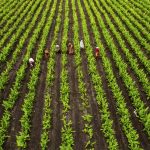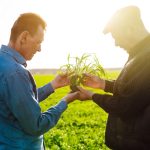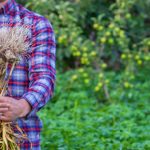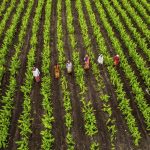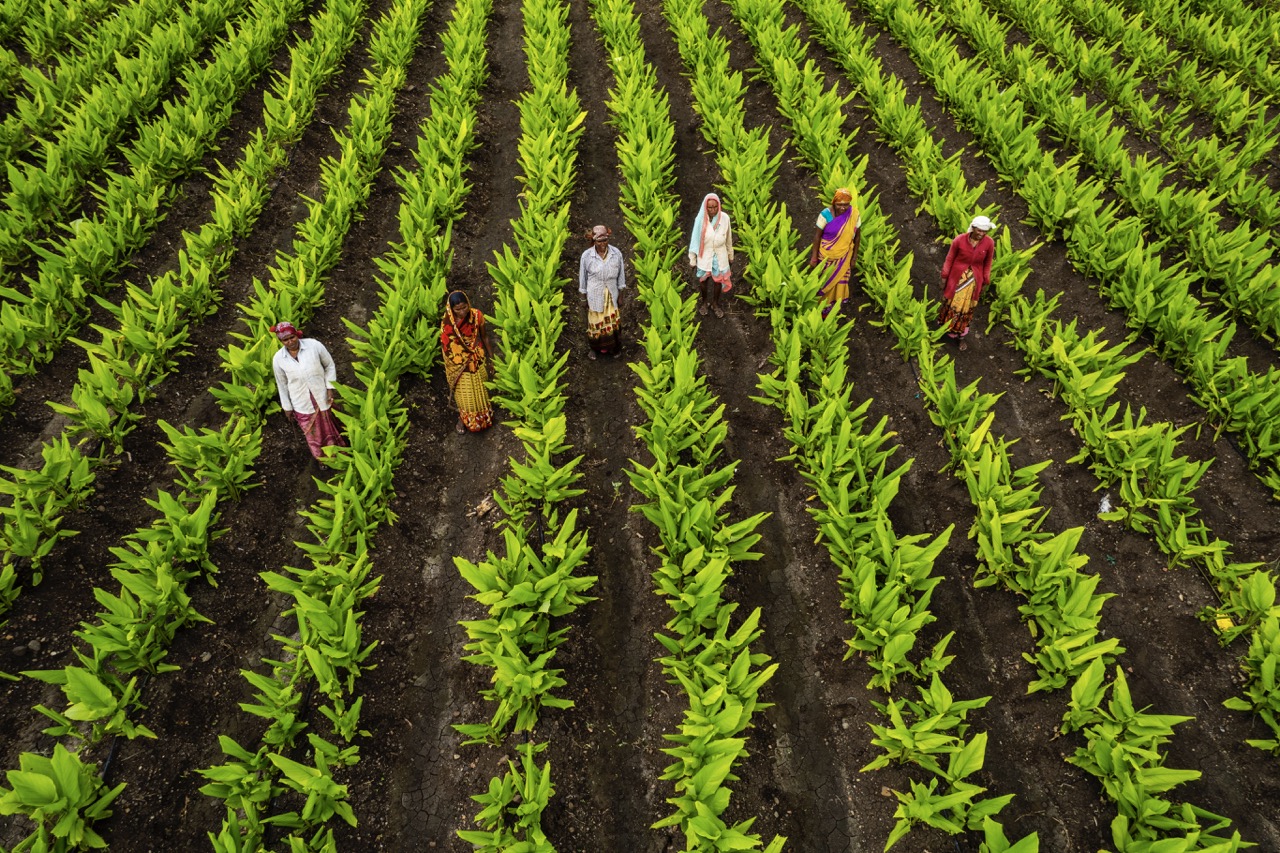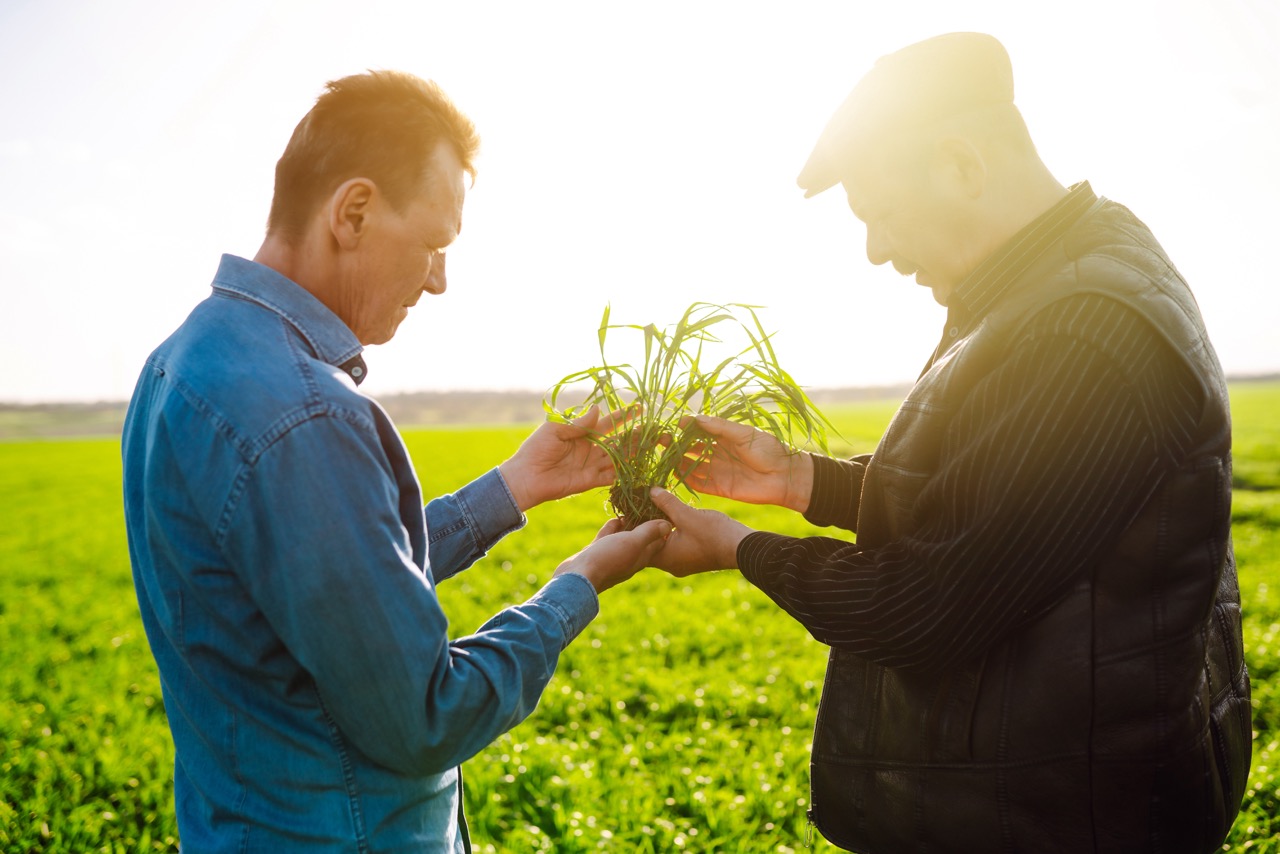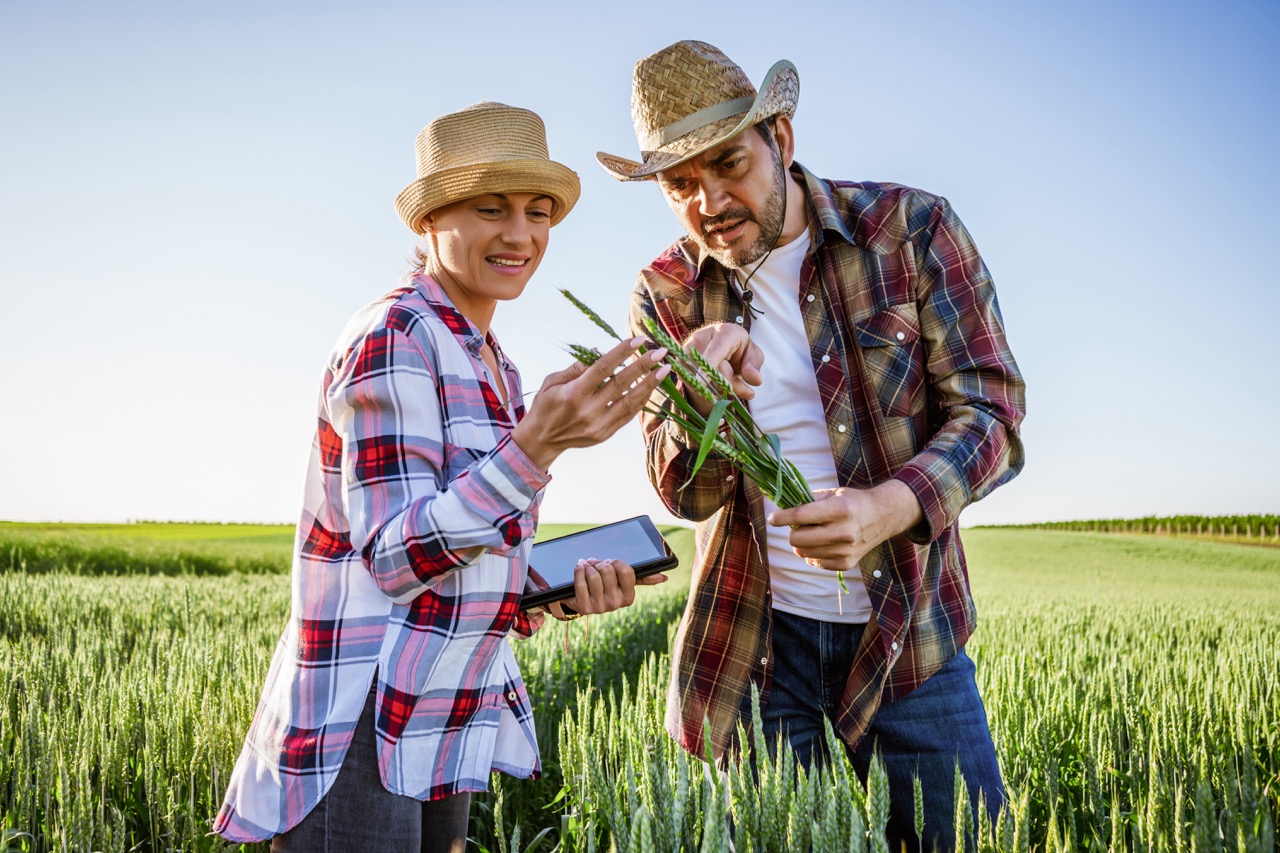Sharecropping is often associated with the historical exploitation of agricultural labor, particularly in the post-Civil War American South. However, this traditional practice has the potential to evolve into a model that enhances access to land for marginalized communities. By understanding its historical context and exploring its economic benefits, sharecropping can be reimagined as a sustainable agricultural practice that contributes to addressing land inequality. This article outlines how sharecropping can facilitate better access to land, highlights its economic advantages, and suggests policy recommendations to enhance its effectiveness.
Understanding Sharecropping: Historical Context and Relevance
Sharecropping emerged as a response to the post-Civil War economic landscape in the United States, serving as a means for formerly enslaved individuals to gain some degree of autonomy. Under this system, landowners provided land, seed, and tools to sharecroppers, who, in return, would share a portion of their harvest. While it was initially viewed as a more equitable arrangement, sharecropping evolved into a means of exploitation, trapping many laborers in cycles of debt and dependency. Despite its problematic history, the core concept of sharecropping—a collaborative approach to land use—remains relevant in contemporary discussions about agriculture and land accessibility.
In many developing countries, sharecropping persists as a common practice, particularly where land ownership is concentrated in the hands of a few. The relationships formed through sharecropping can empower smallholder farmers, providing them with access to land that they otherwise could not afford. As urban migration increases and the need for sustainable food production grows, re-evaluating sharecropping as a viable means of land access is crucial. This perspective invites us to consider how modern adaptations of sharecropping can address the challenges of food security and economic disparity.
The contemporary relevance of sharecropping also extends to its potential role in promoting sustainable agricultural practices. With the increasing emphasis on food sovereignty and local agriculture, sharecropping can provide a framework for collective farming efforts that prioritize environmental stewardship and community resilience. By fostering cooperative models and shared responsibilities, sharecropping can empower communities to reclaim control over their agricultural practices, leading to more equitable land access and a stronger local economy.
The Economic Benefits of Sharecropping for Land Access
Sharecropping can facilitate land access for smallholder farmers who lack the capital to purchase land outright. By eliminating the need for significant upfront investment, sharecropping allows individuals to enter agricultural production and gain experience in managing land. This arrangement also provides sharecroppers with a sense of ownership over their labor, as they receive a direct share of the profits. In an era where land prices are soaring, this model can be particularly appealing to underserved populations who must navigate financial barriers to enter the agricultural sector.
Moreover, sharecropping can contribute to local economies by fostering agricultural diversity and productivity. By allowing individuals to cultivate land that would otherwise remain unused, sharecropping can increase food production and stimulate local markets. This not only benefits the sharecroppers but also enhances food availability for the broader community. Localized food systems can also reduce transportation costs and carbon footprints, promoting sustainability in the agricultural sector.
Additionally, sharecropping can serve as a stepping stone for future land ownership. Successful sharecroppers may gradually accumulate savings and resources, positioning themselves to eventually purchase their own land. This transition can create a cycle of economic empowerment, whereby individuals who once faced barriers to land access can eventually become landowners, contributing to greater wealth distribution and reducing land inequality over time.
Addressing Land Inequality Through Sharecropping Models
One of the most pressing issues facing many agricultural sectors today is land inequality, characterized by a concentration of land ownership among a select few while millions remain landless. Sharecropping models have the potential to address this disparity by creating opportunities for marginalized groups to access and utilize land. By establishing cooperative sharecropping arrangements, communities can pool resources, share risks, and collectively improve their bargaining power when negotiating terms with landowners.
Innovative sharecropping practices can also include provisions for equitable profit-sharing that prioritize the needs of laborers. By developing agreements that ensure fair compensation and long-term security for sharecroppers, landowners can foster more sustainable and ethical relationships with their workers. This model not only addresses land access but also contributes to improving the livelihoods of those involved in agriculture, breaking the cycle of poverty that often accompanies landlessness.
Furthermore, reimagining sharecropping through the lens of social justice can empower marginalized communities to advocate for their rights in land ownership and usage. By embracing sharecropping as a viable system for land access, policymakers and community leaders can initiate dialogues around land reform that prioritize equitable distribution. This approach can foster greater inclusivity, allowing those historically excluded from land ownership to participate actively in shaping land policies and practices.
Policy Recommendations to Enhance Sharecropping Benefits
To harness the potential of sharecropping as a means of enhancing land access, policymakers should consider implementing frameworks that promote equitable agreements between landowners and sharecroppers. Establishing a legal framework that protects the rights of sharecroppers can help mitigate the risks associated with exploitation and create a more stable environment for agricultural production. Transparent contracts and fair negotiation practices should be emphasized to ensure that both parties benefit from the arrangement.
Additionally, governments can support sharecroppers through targeted agricultural extension services that provide training, resources, and access to credit. Empowering sharecroppers with the necessary skills and knowledge can enhance productivity and sustainability within their operations. By integrating education and financial support into sharecropping models, policymakers can create a more favorable environment for smallholder farmers to thrive.
Finally, incentivizing landowners to adopt sharecropping arrangements can be crucial in fostering a culture of collaboration. Financial incentives, tax breaks, or grants for landowners who engage in equitable sharecropping agreements can promote greater participation in this model. By addressing the concerns of landowners while simultaneously supporting sharecroppers, policymakers can create a balanced approach that enhances land access, promotes agricultural sustainability, and ultimately contributes to reducing land inequality.
In conclusion, sharecropping holds promise as a viable pathway to better access to land for marginalized communities. By revisiting its historical context and recognizing its economic benefits, we can transform this traditional practice into a model that addresses contemporary issues of land inequality. Through innovative policies and collaborative frameworks, sharecropping can empower individuals to cultivate their own agricultural futures, contributing to a more equitable and sustainable food system. As we move forward, it is essential to engage in dialogue that prioritizes the voices of those directly affected by land access challenges, ensuring that sharecropping evolves into a tool for empowerment rather than exploitation.
